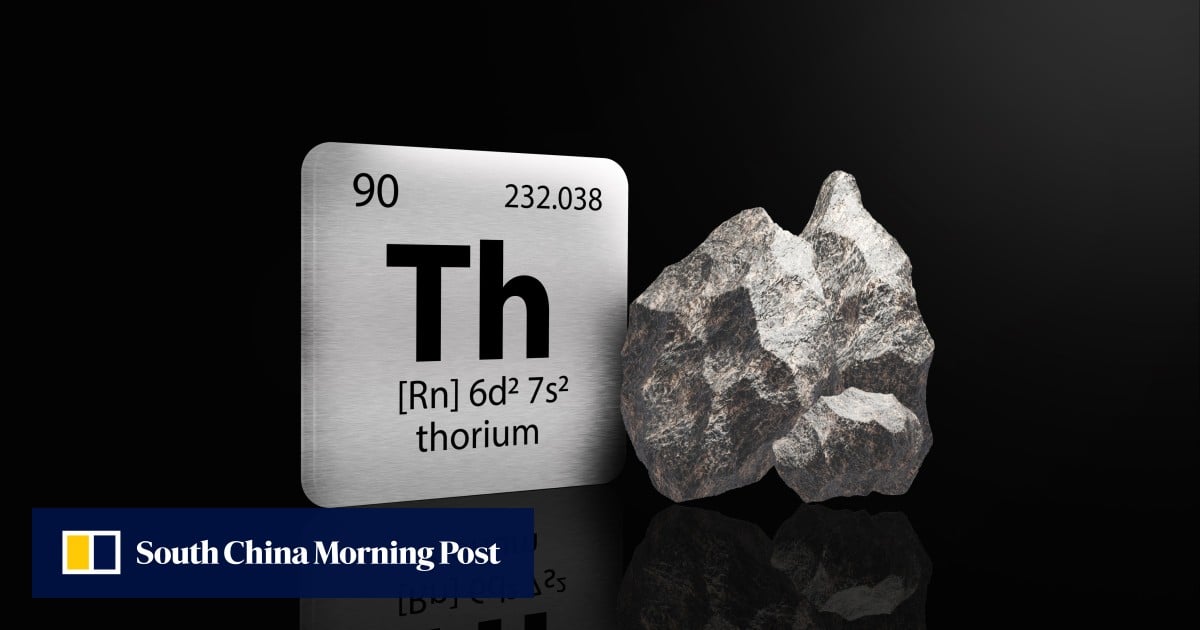It marks the first long-term, stable operation of the technology, putting China at the forefront of a global race to harness thorium – considered a safer and more abundant alternative to uranium – for nuclear power.
The experimental reactor, located in the Gobi Desert in China’s west, uses molten salt as the fuel carrier and coolant, and thorium – a radioactive element abundant in the Earth’s crust – as the fuel source. The reactor is reportedly designed to sustainably generate 2 megawatts of thermal power.



You absolutely can make a nuke out of thorium-derived material (first in Teapot MET, 1955, then possibly later by India). It’s not widely used because plutonium is similar and in some important ways superior material
The tradeoff in using salt as fuel/coolant is that now almost all the fission products are in soluble form, instead of nice ceramic chemically inert pellets, which makes any spill much worse, and i wouldn’t say it’s safer for this reason - it’s different, and it’s a tradeoff few thought it is worth making. We have figured out how to make PWRs not explode so it’s not that big of a problem. This goes both for uranium or thorium as a fuel
The reason Yucca Mountain is needed is that nuclear waste exists, if US reversed their policy on reprocessing maybe it wouldn’t fill up so quickly. It’s a matter of political will
At least now, the chemical engineering for reprocessing fuel when reactor is on is not there. Maybe it’ll get developed in this project, but this didn’t happen yet. It all has to be weighed against existing alternatives, and it’s possible to breed 233U in normal water-based reactors, so maybe there’s a little reason to make MSRs in the first place. India has some thorium energy projects as well, but they’re slowed down by lack of fissile material to bootstrap it (you can’t fuel reactor using thorium only, it needs some fissile material)